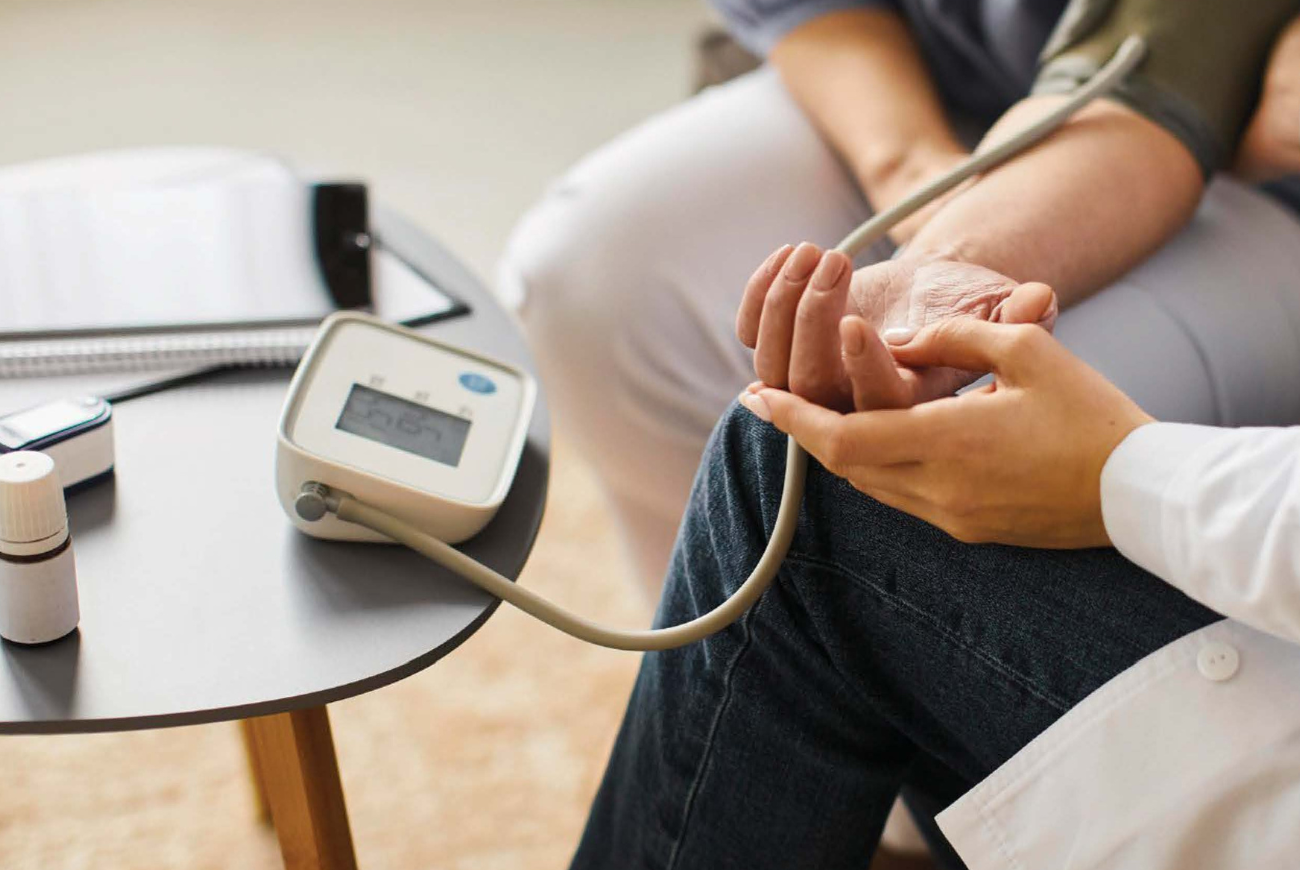
The three highs—hypertension, hyperglycemia (prediabetes and diabetes), and hyperlipidemia—are prevalent worldwide and pose significant health risks. Hypertension increases the risk of stroke, heart disease, and kidney failure. Hyperglycemia can lead to diabetes and its complications, such as retinopathy, neuropathy, and cardiovascular diseases. Hyperlipidemia contributes to atherosclerosis, raising the risk of heart disease and stroke.
Traditional drug treatments, although commonly used, have several limitations. Hypertension medications may cause side effects like fatigue and headaches. Antidiabetic drugs can lead to hypoglycemia and weight gain. Lipid-lowering drugs may result in liver damage and muscle pain. Additionally, these treatments often require long-term dependency and do not address the root cause, with some patients experiencing variable efficacy.
Hypertension:
Hyperglycemia:
Hyperlipidemia:
Stem cell technology shows great potential in treating the three highs by leveraging its repair and regenerative capabilities. It offers a safe, effective, and long-lasting treatment option that addresses the underlying causes of these conditions, significantly improving patient health outcomes.
svCell therapy, is an Australian patented biotechnology process, that has been used as a complementary approach to treat osteoarthritis in Australia and the United States for many years.
The potential benefits of using svCell therapy in the clinical treatment of osteoarthritis in Australia include:
as the svCell ultrasonic cavitation process uses a person’s own cells, there is a reduced risk of infection or disease transmission;
as the svCell concentration process does not culture cells, there is no risk of rejection or allergic reaction.
svCell therapy has the potential for therapeutic advantage as it contains a mix of regenerative cells, with some scientific research suggesting that this mixed cell population may provide superior treatment.
Autologous adipose-derived svCell therapy has a reduced risk of adverse reactions or serious side effects.
As the treatment is autologous, with the svCell regenerative cells derived from the patient’s own body, there is a lower risk of infection or disease transmission. Using the patient’s own, uncultured cells reduces potential risks and complications as associated with rejection and allergic reactions.
The ultrasonic cavitation concentration process does not use any enzymes or animal products.. Within a relatively short period of time, potentially within 4 hours, the patient’s cells are concentrated and injected. As a result, there is a reduced chance of infection, disease transmission, bacterial contamination, or allergic reaction.
Over the last 12 years, there has been a body of evidence in peer-reviewed scientific literature supporting the safety of svCell in the treatment of osteoarthritis for knee and hip disease.
The svCell therapy procedure involves removing adipose (fat) tissue from the patient’s abdomen, concentrating a mixture of cells, and then re-injecting the cell concentration into the patient’s painful joint(s).
In Australia svCell therapy procedures must be conducted within an accredited hospital setting under medical supervision with patient’s admitted to the hospital as a day surgery patient. The procedure is usually completed within 4 hours after which the patient may go home.
Preparation
Patients taking Aspirin, anti-inflammatory medications (such as Voltaren and Mobic), corticosteroids, or herbal medications (e.g., Krill oil, fish oil, Vitamin E, and Ginkho Biloba) are advised that these must be discontinued at least 10 days before the procedure, according to standard hospital admission instructions. Those patients taking aspirin (Cartia, etc.), clopidogrel (Plavix or Iscover), warfarin, or anticoagulants for a heart condition or stroke prevention, would be provided specific information by their own doctor on when to stop and restart these medications.
Removal of adipose tissue
Patients receive oral sedation, and local anesthetic, and may be prescribed an antibiotic to reduce the risk of infection and are expected to be comfortable, and relatively pain-free.
A syringe or miniliposuction method is used to extract 60-300ml of adipose (fat) tissue from the patient’s abdomen, as that is all that is required. The amount of fat consumed will be determined by the number of joints to be treated. The treating doctor will explain the method of fat extraction to be used prior to the procedure. Because the procedure is minimally invasive, no stitches are usually needed.
Collect regenerative cells
Following adipose tissue removal, a sterile laboratory technician immediately performs the svCell ultrasonic cavitation process to concentrate the patient’s regenerative cells. A flow cytometer is used to count cells and viability and determine the best dosage for the injection of svCell concentrate.
Injection
The injection site is prepared in advance. A Doctor will then inject the svCells into the joint(s).
Where necessary, ultrasound guidance can be used to guide needle placement.
After the injection, patients are monitored for 1 hour before being released to go home.
Please Note: The effectiveness of svCell/iCell therapy can vary based on individual circumstances. We encourage discussions with our medical team to understand how svCell/iCell therapy might align with your needs. Compliance with TGA regulations, Aeterna Health is committed to adhering to the Therapeutic Goods Administration (TGA) regulations. All potential benefits mentioned are based on ongoing research patient safety, and informed decision-making.
To learn more about the procedures offered, please complete the form below with the procedure you are interested in.
Suite 1, 990 Toorak Road, Camberwell VIC 3124
Grayclay College of Health
Level 1, 1 Short Street, Southport QLD 4215
+61 3 7016 0801
+61 7 5531 3738
info@aeternahealth.com.au
